Entry Category: Arts - Starting with S
 Saenger Theatre
Saenger Theatre
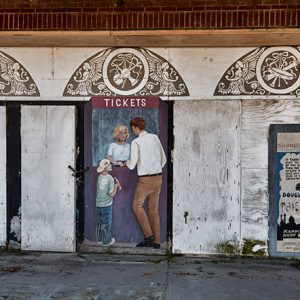 Saenger Theatre Detail
Saenger Theatre Detail
Saline County Courthouse
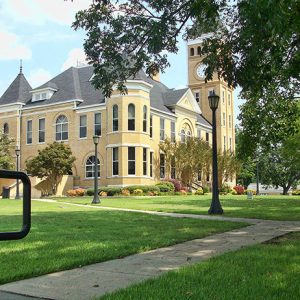 Saline County Courthouse Lawn
Saline County Courthouse Lawn
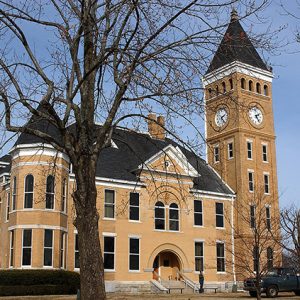 Saline County Courthouse
Saline County Courthouse
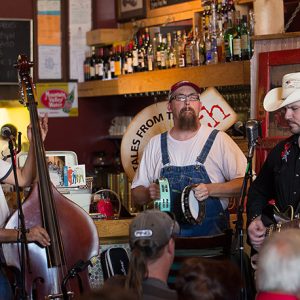 Salty Dogs at Tales from the South
Salty Dogs at Tales from the South
Salvest, John Joseph
Sam Epstein House
 Sam Peck Hotel Remodel
Sam Peck Hotel Remodel
Sanders, Pharoah
Sanders, Theodore Marcus
Sarah Bird Northrup Ridge House
Saunders, Michael Earl (Mike)
aka: "Metal Mike"
 Scaife and Cash
Scaife and Cash
 Cecil Scaife
Cecil Scaife
Scaife, Cecil Ross
Schnable, John Adams
Scipio A. Jones House
 Scott County Courthouse
Scott County Courthouse
 Scott County Jail
Scott County Jail
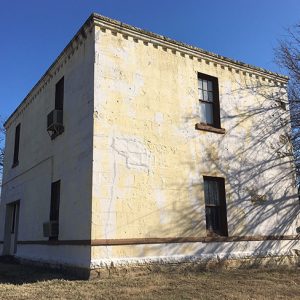 Scott County Jail
Scott County Jail
Scott, Cynthia
Scott, Dortha Delena Shaw
Scott, James Powell
Seals, Frank “Son”
Searcy County Courthouse
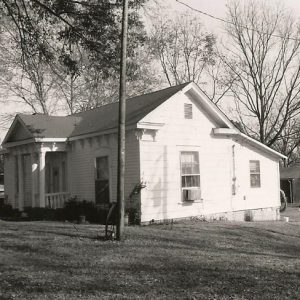 Sears House
Sears House
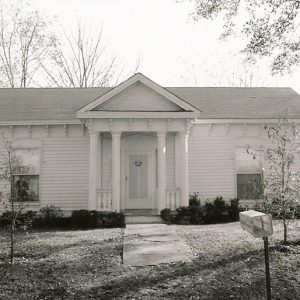 Sears House
Sears House
Sebastian County Courthouse
aka: Fort Smith City Hall
 Sebastian County Courthouse
Sebastian County Courthouse
 Sebastian County Courthouse Entrance
Sebastian County Courthouse Entrance
 Seed-of-Hope
Seed-of-Hope
Segraves, Warren Dennis
Sellers, Barney
Sentinel of Freedom
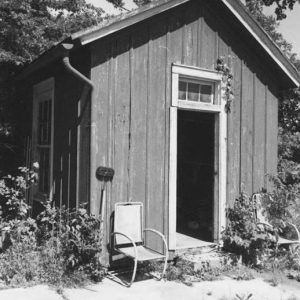 Servants' Quarters
Servants' Quarters
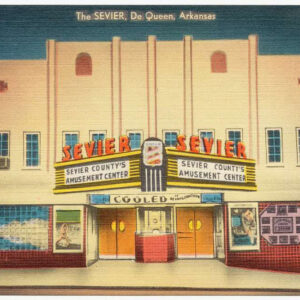 Sevier Theater
Sevier Theater
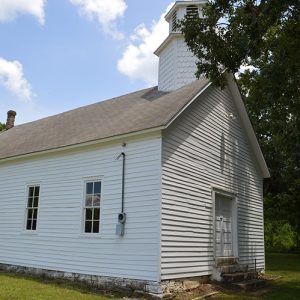 Shady Grove Delmar Church and School
Shady Grove Delmar Church and School
Shape-Note Singing
 Shaw-Blair House
Shaw-Blair House
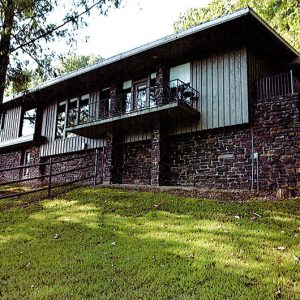 Shaw-Blair House
Shaw-Blair House
 Shaw-Blair House
Shaw-Blair House
Shaw-Blair House
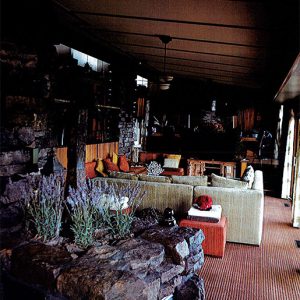 Shaw-Blair House Interior
Shaw-Blair House Interior
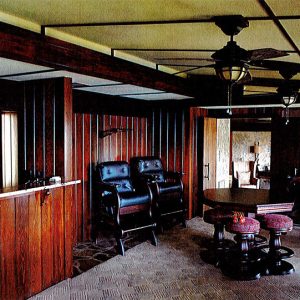 Shaw-Blair House Interior
Shaw-Blair House Interior
Shead, Henry Wallace, Sr.
aka: Henry Shed
Shelton-Lockeby House
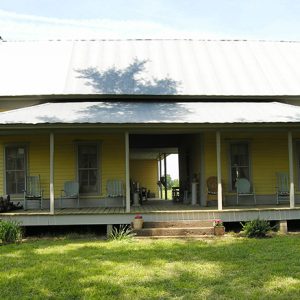 Shelton-Lockeby House
Shelton-Lockeby House




